Delivering Hope: Midwives on the Frontlines of Reproductive Health
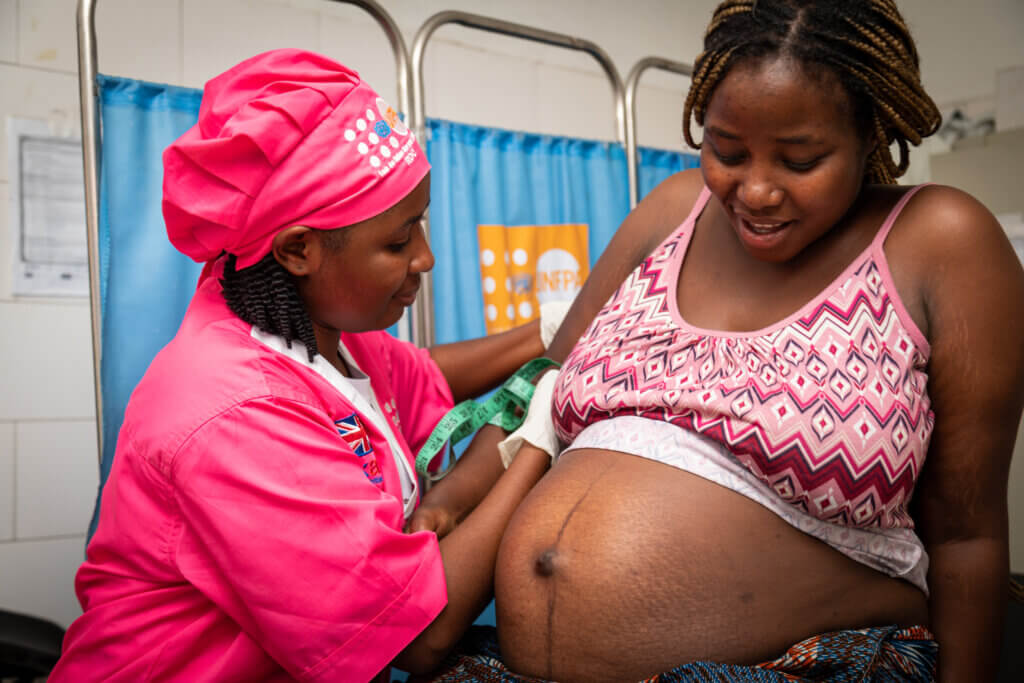
Today is International Day of the Midwife – and we’re taking this moment to celebrate the resilience and importance of our midwives. Midwives provide a broad range of services, including prenatal appointments, safe delivery care, post-partum check-ups, birth control consultations, support for survivors of violence, and more.
Midwives are integral to our efforts to bring incidents of preventable maternal deaths down to zero. In fact, if governments invested more in training midwives, these heroes in pink could account for 90% of the global need for sexual and reproductive care and save an estimated 4.3 million lives a year.
And yet, we are facing a global shortage of nearly 1 million midwives. Thanks to the generosity of our donors, we’re working to close this gap in care – but even spread thin our midwives are making a difference for countless women and girls each day.
Combining Tradition and Modern Medicine
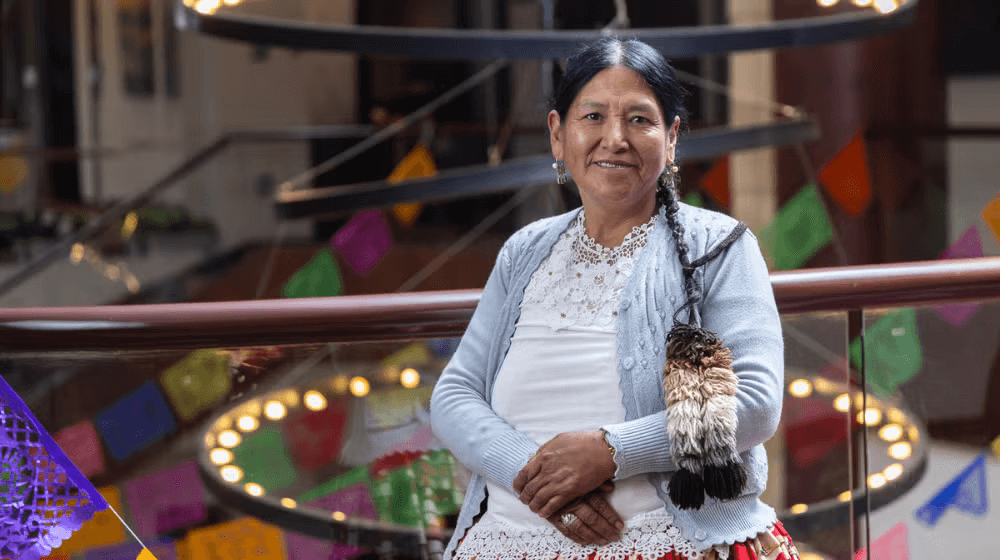
In Latin America, where Black and Indigenous women face persistent racism in healthcare, the maternal death rate has risen by a staggering 15%. Midwife Ana, who has attended more than 4,000 births throughout her four decades as a midwife in Bolivia, has seen her own share of childbirths end in tragedy.
“Many times, even though the danger signs are clear, the family is reluctant to take the woman to a health center. I see it every day: The husband, the mother-in-law, the relatives – sometimes they say it’s not necessary [to go to the hospital], that the situation is ‘normal’,” Ana shared with us. It was seeing this repetitive pattern of preventable deaths that led to her becoming a champion for pregnant women and new mothers.
“I tell them: ‘It’s your body, you are the mother – you decide.’”
But more than just a talented midwife, Ana is also a guardian of traditions in the medical space. Growing up, she learned from her grandmother who was a traditional birth attendant. Now, Ana blends traditions from her culture into safe, modern medicine, ensuring that her patients feel understood and respected.
“Before she started, my grandmother would offer gifts to Pachamama (Mother Earth), such as sugar, incense, copal and animal fat,” Ana shared with us. She also incorporates traditional herbs that are used to ease labor pains and postpartum recovery.
This approach to midwifery, which combines culture and medicine, helps bridge the gap between pregnant women who have historically been disrespected and ignored by doctors, and lifesaving care. It encourages more women to seek out care – before a birth becomes deadly.
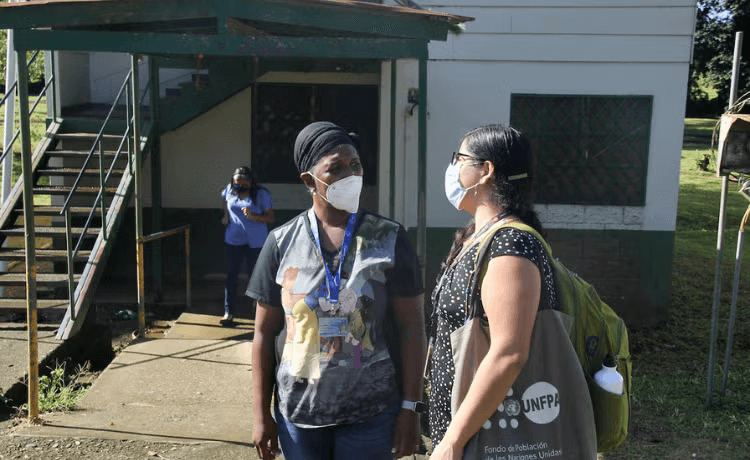
Midwife Siannie utilizes a similar mix of culturally sensitive care and modern medicine when she treats pregnant women in Costa Rica. As a Black woman herself, Siannie realized how integral it is to be a refuge of safety and understanding for women in a country that still persistently ignores and discredits Black and Indigenous women seeking healthcare.
“Sometimes my Black patients say they were left waiting longer, although the health professional thinks the waiting period is the same. But not with me, I’m a face they know – I’m Afro just like them,” Siannie shared with us.
She also works with Black and Indigenous women in her community to weave their cultural practices into pregnancy and childbirth, helping to create a care protocol centered around accessible, warm and culturally relevant sexual and reproductive care. To do so, she makes house calls and collaborates with local leaders to raise awareness of health issues in communities – such as Zika in 2016.
Now, thanks in part to Siannie’s efforts, Costa Rica’s maternal mortality rate is dropping – and that extends across racial groups.
Midwives: First responders on the frontlines
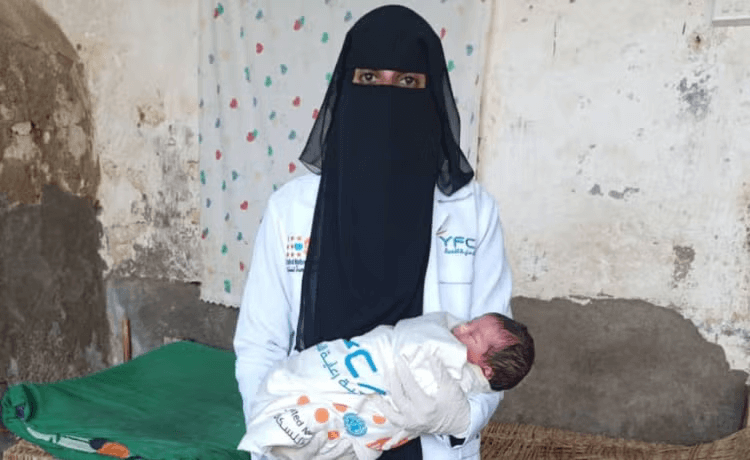
Women and newborns in fragile and conflict-affected settings are twice as likely to die in pregnancy and childbirth – accounting for 60% of all maternal deaths globally. That’s why, when crisis strikes, it is our fearless midwives that we often deploy first.
“I will walk through mud, ride through floods and fight against all odds – because every birth should be a story of joy, not sorrow,” midwife Nora shared with us.
She is one of four midwives on Kamaran, an island that’s part of Yemen. She and her colleagues serve 5,000 women across three villages, but her island is in dire need of resources. Usually, high-risk deliveries are taken by boat to the nearest hospital on land – but when that isn’t an option, Nora has had to navigate complicated deliveries on the boat with no equipment.
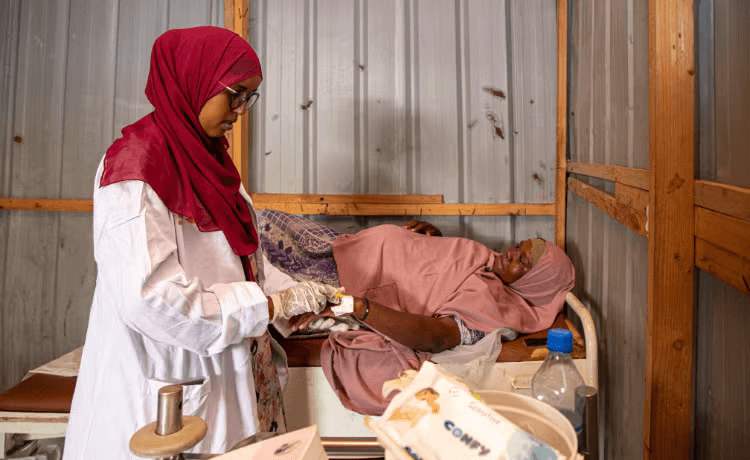
“One of the challenges we face in crisis settings is that mothers can arrive in any condition. It’s difficult when you can’t fully help someone in need, but we can’t neglect a mother in critical condition.
She shared that her health center isn’t equipped to handle complicated deliveries – but in some cases, they are a woman’s last hope. She and her collegues treat women and girls the best they can with the medicines they have on hand, serving as a lifeline for many. And, when a new crisis strikes, she packs her bags and heads out to help.
“In every crisis a country faces, it’s midwives who carry the burden,” she added. “In floods, we leave our homes to help mothers. In displacement, we follow and support them. No matter the crisis, midwives are always there. Support midwives, so they can support mothers.”
Midwives, no matter what
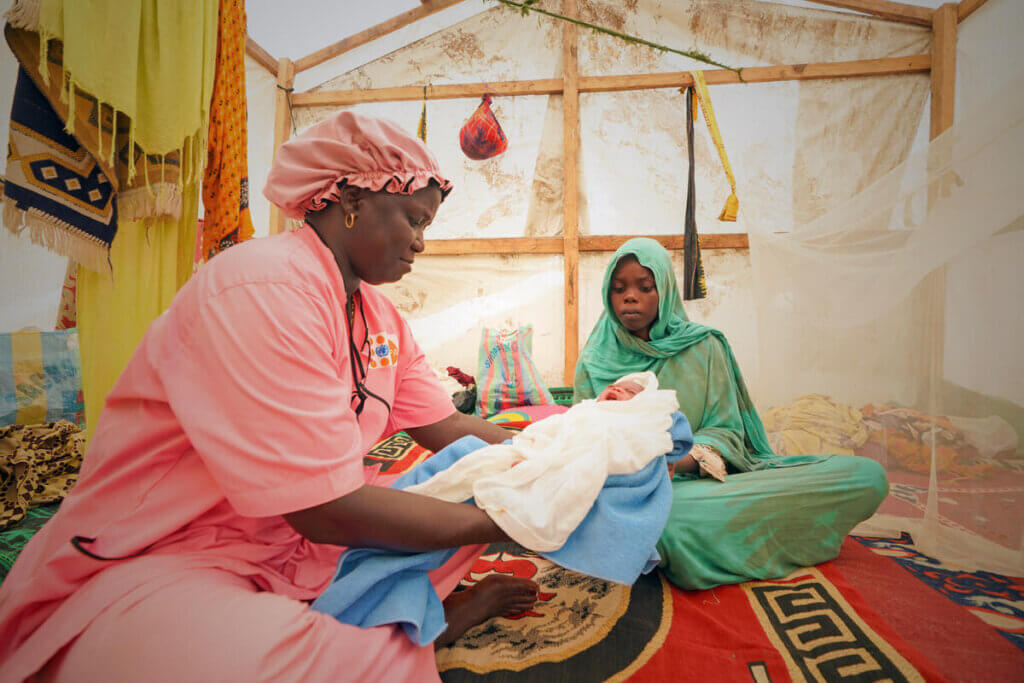
When crises strike and systems break down, midwives step up. They are among the first on the ground when disaster strikes and are helping to fill the gaps that have existed for generations in healthcare systems. Each year, this tireless and courageous work results in millions of lives saved.
But with the U.S. government currently funding no UNFPA programs, already our midwives are having to perform miracles with nearly no equipment. One doctor in the Democratic Republic of Congo (DRC), shared with us:
“We’re not turning anyone away, but our capacity is exceeded. We’re lacking everything, from blood bags to medicines. With the support of UNFPA and other partners we can still provide services, but for how long?”
Already, health facilities are being shuttered, and health workers are losing their jobs due to massive cuts made to humanitarian funding. With the U.S. government currently contributing nothing to our lifesaving work, right now we’re reliant on generous donors like you.